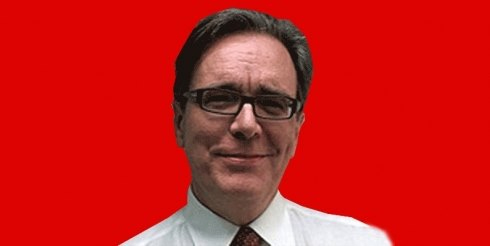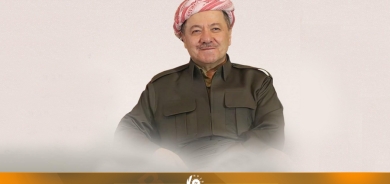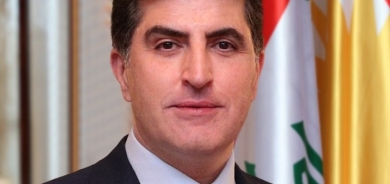The Supreme Leader’s Hat Trick

Hassan Rowhani is a centrist who also ended up being the only option for reformist minded voters in the country. When he was Iran’s chief nuclear negotiator in 2003, he offered the only real concession in the history of such talks: a suspension of Iranian nuclear enrichment as a confidence building measure. The suspension lasted until 2005 and the election of President Mahmoud Ahmedinejad. Rowhani was pilloried by hardliners for the concession and the appearance of weakness vis-a-vis the West, and removed from his post as a result.
In Iran it is not the President who determines policy on any matters of substance, of course. The unelected Supreme Leader and the unelected Council of Guardians, with input from the unelected Revolutionary Guards’s leadership, do that. If Rowhani were truly able to change Iran, he would never have been allowed to run in the election, much less win it.
Many commentators may therefore find some justification in viewing this latest election result as just another instance of the Supreme Leader Ali Khamenei donning a new hat. “Ahmedinejad is out!” the real Iranian leadership will tell the world, along with his bellicose language, conspiracy theories, holocaust denial and other diplomatic faux pas. They will proclaim that “We have a new nice leader, and you can end the sanctions now and deal with us.” In reality the real power holders in Iran remain the same as ever, of course, and in the very unlikely event that Mr. Rowhani genuinely challenges them, he can expect to be shown the door faster than one can say “house arrest.”
This would skim over something very interesting occurring under the surface of Iranian politics, however. Rowhani did not offer Iran’s only serious nuclear concession in 2003 without permission from the real power in the country. Nor would he have been permitted to run in or win this summer’s election without such assent from above. What is truly interesting, therefore, is that the Supreme Leader in Iran now feels the need to change hats. This signifies a potential change in policy wherein Rowhani is the tool of the new direction rather than its source. In short, Ali Khamenei and other important forces in Iran may be ready for some compromise with the West, a bit of liberalization at home, or both. They may calculate that they can only withstand serious outside pressure for so long, or that they can not effectively subject their own people to too much pressure at home without eventually sparking a real backlash--a more powerful and dangerous one than that which followed the rigged 2009 elections.
Why the possible change of heart in Iran’s true leaders, we may ask? For the answer, we need only look at the context within which Iran made its sole substantive nuclear concession in 2003: A United States wounded by the 9/11 attacks was led by an aggressive administration that had just invaded Afghanistan, was about to invade Iraq and might well continue after its other enemies–Iran or Syria or both–after that. In that context, the Iranians grew fearful and offered concessions. Two years later in 2005, the Americans were bogged down in grueling insurgencies in both Afghanistan and Iraq (insurgencies that enjoyed substantive Iranian support, for reasons that aren’t too difficult to understand) and quickly running out of the financial and political stamina needed military adventures abroad. Iranian leaders therefore calculated that they could resume their nuclear weapons and enrichment programs without any real threat of reprisals.
Today, sanctions applied by the United States and Europe as a result of Iran’s nuclear program and refusal to abide by International Atomic Energy Agency standards appear a good deal more damaging than Teheran probably expected. By threatening to have nothing to do with any bank or company that deals with Iran, the Americans managed to elicit a level of international compliance to their sanctions regime that surprised many. As the rial plummets, discontent in Iran rises. At the same time, the war within Iran’s main Syrian ally and pressure on Hezballah and Nuri al-Maliki further exacerbates the mullah’s precarious position.
It therefore makes sense for Iran’s real leaders to begin looking for a way out of the corner they painted themselves into. Switching hats is the first step in this process. As Western states formulate their policy towards Iran and its new President Rowhani, they should remember who is just a headpiece and who truly calls the shots in Iran. They should welcome the possibility for a change in relations with Iran, but at the same time they should not place much trust in a new hat placed on the same old head.

 David Romano
David Romano







